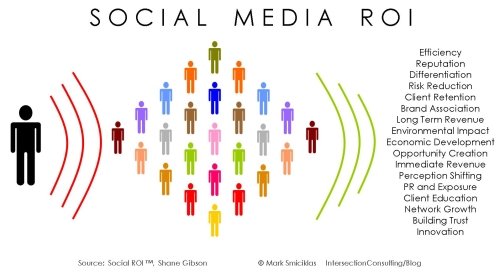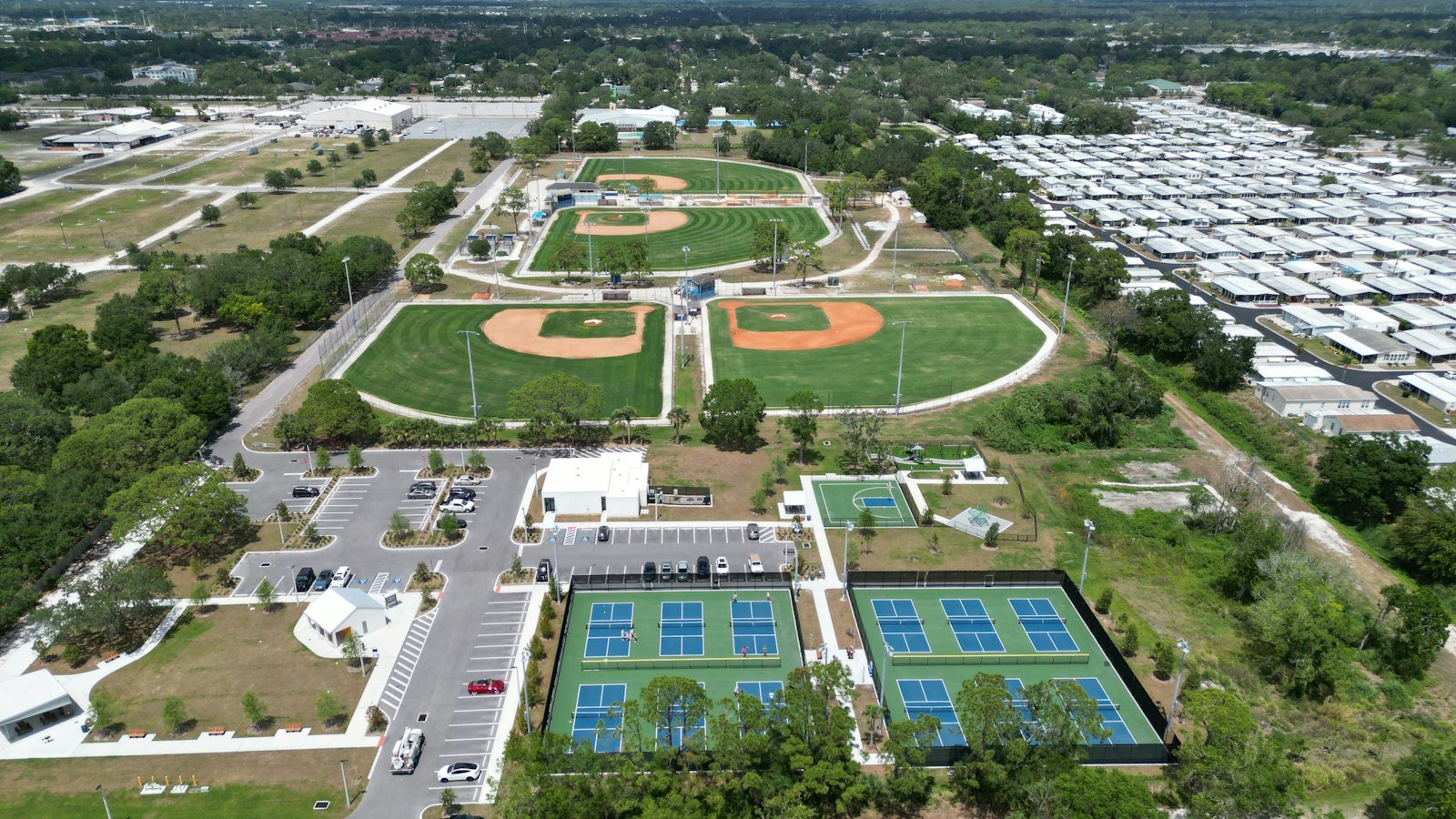In the pulsating realm of competitive pickleball, where agile players fiercely battle it out on the court, there exists an unseen player of its own – media coverage. As the sport surges in popularity, it is undeniable that the watchful eyes, recording lenses, and ardent voices of the media have woven themselves into the very fabric of this exhilarating game. With every intense rally, strategic maneuver, and triumphant victory, the role of media coverage in competitive pickleball has become an indispensable force, shaping the narrative, delivering electrifying moments to fans, and propelling the sport to unprecedented heights. From the dazzling displays of skill to the fierce rivalries that grip the imagination, this article delves into the profound influence and intriguing dynamics of media coverage in the riveting world of competitive pickleball. Get ready to dive into the captivating spectacle that unfolds beyond the boundaries of the court.
Table of Contents
- The Importance of Media Coverage in Competitive Pickleball
- The Influence of Media Exposure on Player Performance
- Enhancing Pickleball’s Popularity through Extensive Media Coverage
- Strategies for Effective Media Coverage in Competitive Pickleball
- Promoting a Positive Image of Pickleball Athletes through Media
- Q&A
- The Conclusion
![]()
The Importance of Media Coverage in Competitive Pickleball
Media coverage plays a crucial role in promoting and growing competitive pickleball. By featuring the sport in newspapers, magazines, television, and online platforms, media outlets help raise awareness and generate interest among a wider audience.
One of the main advantages of media coverage is its ability to highlight the unique aspects and benefits of pickleball. Through in-depth articles, interviews with players, and video footage of exciting matches, media outlets can provide valuable insights into the sport’s rules, strategies, and the athleticism involved. This helps educate both newcomers and experienced players, creating a stronger and more knowledgeable pickleball community.
Additionally, media coverage brings visibility and recognition to professional pickleball players, creating role models and inspiring aspiring athletes. By featuring their accomplishments, challenges, and personal stories, the media helps build a sense of admiration and motivation within the pickleball community.
Moreover, media coverage aids in attracting sponsorships and investment to the sport. When media outlets showcase the growing popularity and excitement surrounding pickleball, businesses and organizations are more likely to recognize the value of partnerships and funding opportunities. This support enables the development of better facilities, more tournaments, and increased prize money, ultimately boosting the competitiveness and prestige of the sport.
In conclusion, media coverage brings numerous benefits to competitive pickleball, from increasing awareness and interest, to educating players and inspiring newcomers, to attracting sponsorships and investment. It plays a pivotal role in promoting the sport and securing its growth, making it an essential component of the pickleball ecosystem.

The Influence of Media Exposure on Player Performance
In today’s digital age, media exposure has become an omnipresent force in the world of sports. Athletes and their performances are constantly under the watchful eye of cameras, articles, social media, and broadcasts. This unprecedented level of scrutiny can significantly impact a player’s performance on and off the field.
Media pressure: The never-ending spotlight can place immense pressure on athletes to perform at their best, even under the most challenging circumstances. The constant barrage of media attention can affect players mentally, creating high levels of stress and anxiety that may hinder their ability to concentrate and execute their skills effectively. Additionally, the fear of making a mistake or facing harsh criticism can lead to decreased confidence and performance on game day.
Distractions: Media exposure can also introduce a whole new world of distractions for athletes. Constant notifications on social media, interviews, and endorsement obligations can disrupt their focus and detract from their training regimen. These distractions can prevent players from fully immersing themselves in their sport and developing the necessary skills to excel.
- Increased scrutiny:
- Distorted perception:
- Paparazzi culture:
While media exposure has its drawbacks, it’s important to acknowledge that it also enables athletes to gain immense popularity, connect with fans, and secure lucrative endorsement deals. However, striking a balance between the benefits and challenges of media exposure is crucial for athletes to maintain their focus and maximize their performance on the field.

Enhancing Pickleball’s Popularity through Extensive Media Coverage
Pickleball, a versatile sport that combines elements of tennis, badminton, and ping pong, has been steadily gaining popularity in recent years. However, to truly elevate its status and attract a wider audience, extensive media coverage is paramount. By shining a spotlight on the unique aspects of the game and showcasing its passionate community, pickleball can make its mark in the sporting world.
One way to enhance pickleball’s visibility is through television coverage. Broadcasting live matches, championships, and highlights can captivate audiences, allowing them to witness the thrill and excitement of this fast-paced sport. To make the coverage even more engaging, incorporating expert analysis, player interviews, and behind-the-scenes footage can add depth and provide viewers with a deeper understanding of the game.
In addition to television, leveraging the power of social media platforms is essential to expanding pickleball’s reach. Through captivating photos, videos, and live stories, fans can be taken on a virtual journey to the heart of the game. Partnering with influencers and professional players to create engaging content, such as trick shot competitions or Q&A sessions, can generate buzz and intrigue among a diverse audience. Utilizing hashtags like #PickleballPassion or #LoveForPickleball can also unite fans worldwide and encourage organic conversations.
Strategies for Effective Media Coverage in Competitive Pickleball
When it comes to competitive pickleball, media coverage plays a vital role in building the sport’s popularity and attracting new players. Implementing effective strategies can ensure that the coverage not only reaches a wider audience but also leaves a lasting impression. Here are some tactics to maximize media exposure and make a splash in the exciting world of competitive pickleball.
- Storytelling with a Twist: To capture the attention of media outlets and engage viewers, it’s essential to present pickleball in a unique and compelling way. Showcase the sport’s rich history, the players’ inspiring journeys, or the competitive spirit that infuses every game. By highlighting the human angle and adding a twist of excitement, media coverage can captivate audiences and create a buzz that lasts long after the tournament is over.
- Proactive Media Outreach: Don’t wait for media outlets to discover your pickleball event or tournament. Be proactive in reaching out to journalists, bloggers, and influencers who cover sports or local events. Craft a captivating press release that highlights the significance of the occasion, the participation of top players, and any unique features that make your event stand out. Remember to include high-quality visuals, quotes, and statistics to increase the chances of your story being picked up.
- Elevate Online Presence: In today’s digital age, having a strong online presence is crucial for effective media coverage. Create an engaging and user-friendly website dedicated to your competitive pickleball event. Leverage social media platforms to share tournament updates, behind-the-scenes glimpses, and player interviews. Collaborate with popular influencers in the pickleball community to expand your reach and attract a broader audience. Utilizing online platforms helps create a sense of excitement and anticipation around your event, resulting in increased media coverage.
By implementing these , you can ensure that your event receives the attention it deserves. Embrace creativity, proactively engage with media outlets, and leverage the power of online platforms to make your mark in the thrilling world of competitive pickleball.
Promoting a Positive Image of Pickleball Athletes through Media
In today’s media-driven society, athletes have become not only stars on the field but also influential figures off the court. With the rise in popularity of pickleball, it’s crucial to showcase the positive aspects of the sport and its athletes through various media platforms. This not only helps to attract new players and fans but also reinforces the values of integrity, sportsmanship, and camaraderie that are at the heart of pickleball.
To promote a positive image of pickleball athletes, media outlets can play a significant role by:
- Highlighting achievements: Showcasing the accomplishments and successes of pickleball athletes can inspire and motivate both current players and potential newcomers. By shining a light on their dedication, hard work, and talent, media can help create role models within the sport.
- Sharing personal stories: Every athlete has a unique journey that led them to pickleball. Media can delve into these stories, highlighting the challenges they’ve overcome and the sacrifices they’ve made to pursue their passion. By sharing these personal accounts, audiences can connect on a deeper level with the athletes, fostering empathy and admiration.
- Emphasizing sportsmanship: Pickleball is not just about winning; it’s about playing with integrity, respect, and fairness. Media can emphasize these values by showcasing examples of good sportsmanship on and off the court. By doing so, they reinforce the importance of playing the game in the right spirit and promote a positive image of pickleball athletes as ambassadors of fair play.
Q&A
What is the role of media coverage in competitive pickleball?
Media coverage plays a crucial role in competitive pickleball by providing exposure to the sport and its athletes. It helps promote tournaments, increase player participation, and develop a fan base, ultimately raising the profile of pickleball as a competitive sport.
How does media coverage contribute to the growth of competitive pickleball?
Media coverage brings visibility to competitive pickleball, attracting more people to the sport. By showcasing top-level matches, players, and tournaments, it generates interest and inspires others to try pickleball, leading to an increase in participation and the sport’s growth.
What impact does media coverage have on the popularity of competitive pickleball?
Media coverage significantly influences the popularity of competitive pickleball. Through television broadcasts, online streams, and news articles, it exposes the sport to a larger audience, creating fans and expanding its reach beyond just the pickleball community.
How does media coverage enhance the reputation and credibility of competitive pickleball?
Media coverage provides a platform for sharing success stories, profiles, and highlights of competitive pickleball. Through well-presented content, it elevates the sport’s reputation and builds credibility, attracting more sponsors, investors, and professional athletes to become involved.
What role does media coverage play in creating opportunities for sponsorship and endorsements in competitive pickleball?
Media coverage brings attention to competitive pickleball, making it more attractive to sponsors and potential endorsers. Companies looking to align their brand with a growing sport can see the opportunities for exposure and engagement that media coverage can provide, leading to increased sponsorship and endorsement opportunities.
How does media coverage help in promoting equality and diversity in competitive pickleball?
Through diverse coverage, media platforms shine a light on athletes from different backgrounds, genders, and age groups, promoting equality in competitive pickleball. By showcasing the talent and achievements of a wide range of players, media coverage encourages diversity and inclusive participation in the sport.
What role does media coverage play in educating and informing the public about competitive pickleball?
Media coverage serves as a valuable educational tool, informing the public about competitive pickleball rules, strategies, and players. Through interviews, analysis, and documentaries, it helps viewers understand the sport better and fosters a deeper appreciation for the skills and athleticism involved.
How does media coverage impact the competitiveness and drive of pickleball athletes?
Media coverage serves as an incentive for pickleball athletes to strive for excellence. The recognition and exposure received through media platforms can fuel their competitiveness, motivating them to train harder and achieve greater success, knowing their performances will be widely acknowledged and celebrated.
What can media coverage do to help promote pickleball as a sport for all ages and skill levels?
Media coverage can play a vital role in showcasing pickleball as a sport accessible to everyone, regardless of their age or skill level. By spotlighting competitive matches, player stories, and tournaments catering to different divisions, it encourages individuals of all ages and skill levels to give pickleball a try.
The Conclusion
As we dive deeper into the fascinating world of competitive pickleball, one aspect that cannot be overlooked is the role media coverage plays in shaping the sport’s growth and popularity. From the humble beginnings of this quirky game to its meteoric rise, the media has been an instrumental player in elevating pickleball onto the grand stage.
Through the captivating lens of cameras and the evocative strokes of pens, journalists and broadcasters have woven an intricate tapestry that showcases the intense battles, the moments of triumph, and the camaraderie that define this exhilarating sport. Each flick of the pickleball paddle, each nimble step on the court, has been immortalized in the pages of newspapers, the clarity of high-definition screens, and the echoes of radio waves.
It is undeniable that media coverage has propelled pickleball’s popularity into uncharted territories. The stories shared through this medium have captured the imagination of countless viewers and readers across the globe, invoking a sense of curiosity and enticing new players to experience the thrill of the game firsthand. The relentless dedication of both players and media professionals has carved out a place for pickleball in the hearts of sports enthusiasts worldwide.
Moreover, media coverage has not only cultivated a passionate following but has also provided players with a platform to showcase their talent. By shining a spotlight on both the veterans of the game and the rising stars, the media has unearthed the hidden gems, revealing the human stories behind the intense competition. These narratives, filled with resilience, perseverance, and unwavering determination, inspire and resonate with both seasoned athletes and aspiring players seeking to conquer their own sporting dreams.
However, like any double-edged paddle, media coverage can also shape the narrative around the sport and its players. The manner in which the game is portrayed, the selection of stories covered, and the angles chosen can influence public perception and even catapult players to a league of superstardom. As much as media coverage amplifies the sport’s achievements, it also bears the responsibility of fair representation, ensuring that the true essence of pickleball is conveyed authentically and without bias.
In this age of constant connectivity and burgeoning technology, media coverage in pickleball continues to evolve. Social media platforms provide players and fans with instantaneous updates, creating an interconnected community that celebrates every rally, every thunderous slam, and every inch of the pickleball court. The power of hashtags, retweets, and likes has given rise to a grassroots movement, where the voice of the pickleball enthusiast is just as vital as the professional media gatekeepers.
As we conclude our exploratory journey into the role of media coverage in competitive pickleball, it becomes evident that the impact of this powerful force cannot be understated. From traditional news outlets to the digital realms of today, the media has shaped the very fabric of pickleball, exerting its influence on the game’s popularity, player branding, and community cohesion. With every passing serve, the media’s focus holds the potential to propel pickleball further into the global spotlight, forever cementing its status as one of the most exhilarating and captivating sports of our time.
As an affiliate, my content may feature links to products I personally use and recommend. By taking action, like subscribing or making a purchase, you’ll be supporting my work and fueling my taco cravings at the same time. Win-win, right?
Want to read more? Check out our Affiliate Disclosure page.




